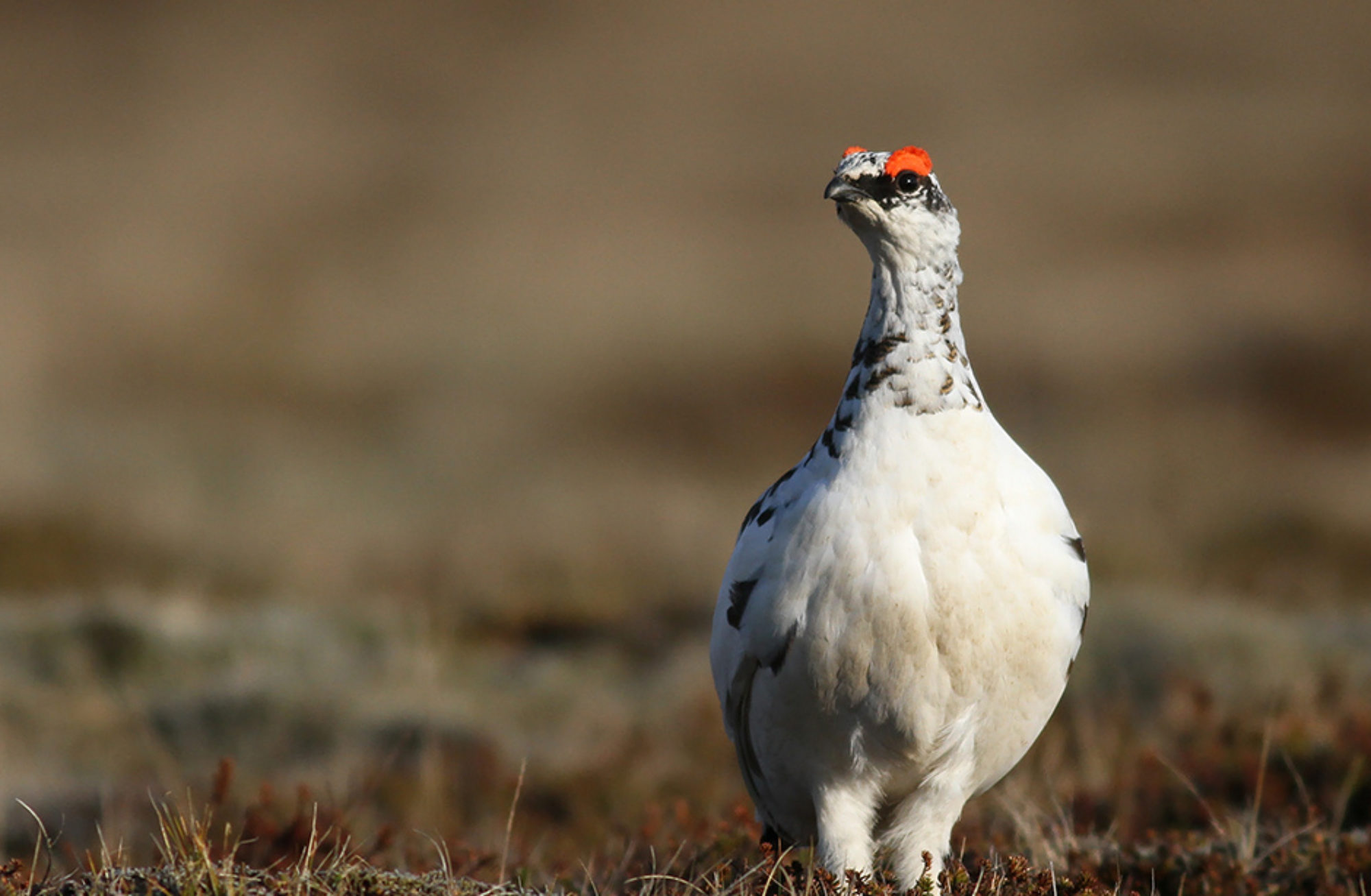There is a clear need for standardized methods for measuring herbivory in Arctic and alpine ecosystems. This was one of the main points raised during the workshop in Helsinki back in April 2014, and the focus of discussions in the side meeting in Trondheim in December 2014. So far, we have developed protocols for different groups of herbivores (vertebrates, invertebrates), focusing on the impacts of herbivores on specific parts of the ecosystem (soils), or targeted to specific experimental designs (International Tundra Experiment ITEX protocol).
Specific protocols can be found below:
- Invertebrate herbivory protocol
- Invertebrate herbivory on Betula spp.: protocol and signs
- ITEX herbivory protocol (updated version 2016 or earlier version 2014) — you can find the most recent version in Appendix A of Barrio et al 2022 Arctic Science)
- Protocol to measure the effects of herbivory on soils
- Protocol for conducting pellet counts at different spatial scales
- Observational protocol to assess drivers of herbivore diversity at local scales
- Experimental protocol to assess the effects of herbivore diversity on tundra ecosystems (TExNET)
Keep in mind that these protocols are under development and they should be adapted to the specific study conditions. Please be in touch if you are planning on using these protocols.
Please contact us for more information about protocols, or if you would like to collaborate on any of these projects.
